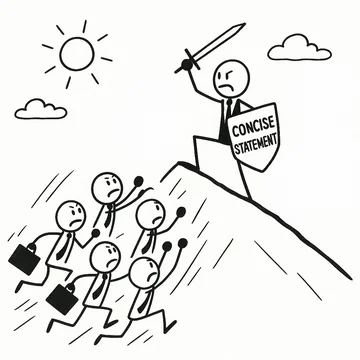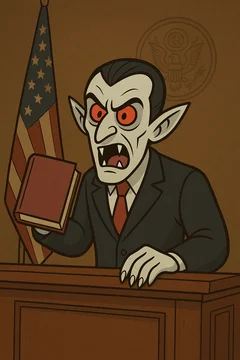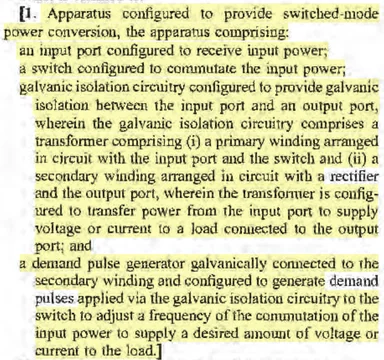Drafting a proposed order can be a fraught exercise. It's easy to leave off some portion of the relief you really want, and then face a later argument that it's been waived. That's why you'll often see proposed orders that just make anodyne statements that the motion is granted.

But a well-drafted proposed order can be a source of great power as well. Such was the lesson of yesterday's opinion in Attentive Mobile Inc. v. Stodge, Inc., d/b/a/ Postscript, C.A. No. 23-87-CJB, D.I. 728 (D. Del. Aug. 14, 2025) (Mem. Order).
Postscript moved for summary judgment "ON ATTENTIVE’S CLAIMS OF INFRINGEMENT OF THE ʼ887, ʼ897, AND ʼ074 PATENTS." Judge Burke ultimately granted the motion, at which point the parties disputed whether the motion encompassed claims for induced infringement, or only direct infringement.
Judge Burke found that the motion covered both, citing the unequivocal statements in the proposed order. Postscript sought "entry of judgment in Postscript's favor that US Patent Nos. [whatever] are not infringed."
In the Court’s view, this language—i.e., language asserting that the Motion was putting at issue all of Attentive’s “claims of infringement”—was important. There are various ways that an accused infringer in a patent litigation can be said to have engaged in “infringement” of a patent: e.g., via direct infringement, indirect infringement (which includes induced infringement, at issue here, and contributory infringement), joint infringement and/or willful infringement. If an accused infringer files a motion that facially seeks summary judgment on all of the patentee’s “claims of infringement” against it—and if in that case the patentee has a claim of induced infringement—then the patentee should be on alert that its induced infringement claim is among the “claims of infringement” that is being put at issue by that motion.
Id. at 2-3 (internal citations omitted).
The Court also went on to note that the opening brief similarly used broad language applicable to all infringement, which also supported the conclusion that any argument that some indirect claims should survive was waived by not raising it in the briefing. So don't be too sneaky with those proposed orders:
After all, no matter what Postscript’s Motion (and its accompanying proposed Order) said, if Postscript’s opening brief only focused on one type of claim of infringement (i.e., a claim that Postscript directly infringed the asserted patents)—and did not include content fairly indicating that other claims of infringement against Postscript (e.g., a claim for induced infringement) were being joined—then Attentive might have been misled into thinking that it did not need to address induced infringement claims in its answering brief (i.e., by explaining why such claims should survive the summary judgment process).
Id. at 3-4.
If you enjoyed this post, consider subscribing to receive free e-mail updates about new posts.




